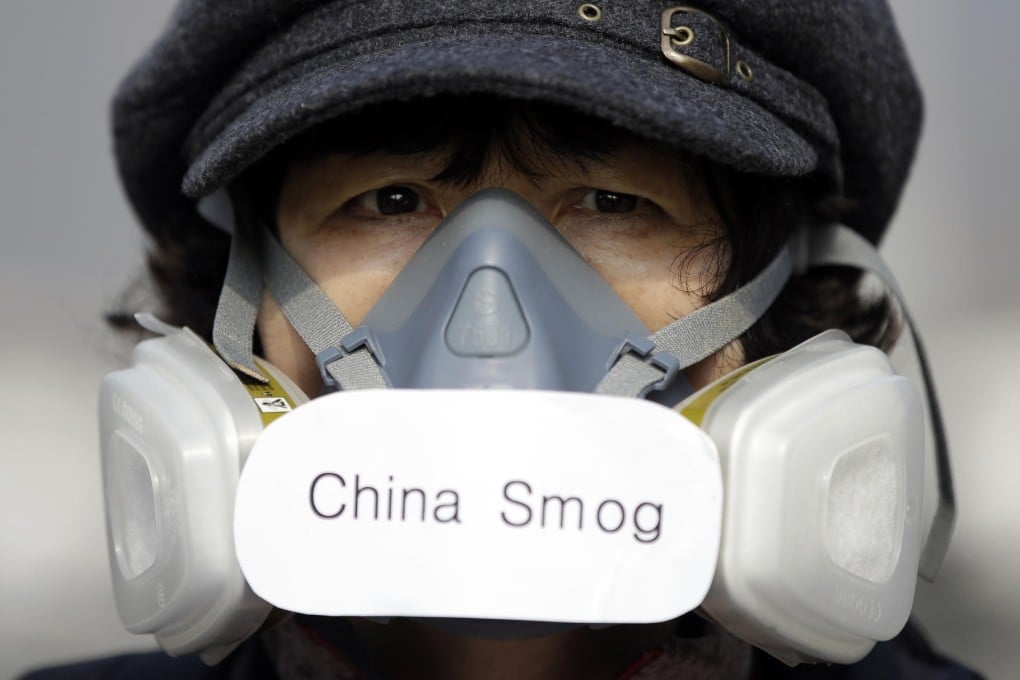Japan, South Korea concerned that China's smog will affect them
South Korea and Japan are concerned that winds will carry smog cloud eastwards; both willing to help bring down pollution levels

South Korea and Japan have sounded the alarm about potentially hazardous air pollution from northern China, which is expected to worsen this winter.
In South Korea, local media have called recent smog an "air raid", while in Japan, residents of Chiba prefecture have been told to stay inside as toxic fine-particle pollution blanketed parts of the region to the east of Tokyo.
The concern now is that the autumn westerly winds will once again bring elevated levels of particulate matter and pollution to Japanese and South Korean cities. And that will get worse when Chinese power plants start burning massive amounts of coal for heating during the winter months.
In recent weeks, parts of northern China, particularly Harbin , have all but ground to a halt because of smog containing contaminant levels up to 50 times that deemed safe by the World Health Organisation.
Japanese media have also reported that Japanese working in major cities in China are so concerned about the impact of air pollution that they are sending their families back to Japan.
The Japanese embassy in Beijing held a meeting for Japanese residents on October 28, with a doctor telling those present, "The options are to go on vacation, change your residence or find a new job somewhere free from the pollution," the Mainichi newspaper reported.